SPECIALTY CONTACT LENSES are a profitable part of eyecare right now and all practitioners would benefit from being proficient at fitting them. Drs. Jeffrey Sonsino and Mile Brujic began the Scleral Consultative Institute to offer free training seminars currently sponsored by Art Optical and ABB. Dr. Sonsino soon expects to see lenses that not only correct optical aberrations on the front surface of the eye but also higher order aberrations in many patients with keratoconus. Tangible Science is working to eliminate the filming and fogging of scleral lenses and is providing its technology to doctors and laboratories. Its Hydra-PEG coating increases wettability on the surface of a GP lens. They also sell a monthly Boost solution that prevents degradation of the coating to provide a better experience for patients.
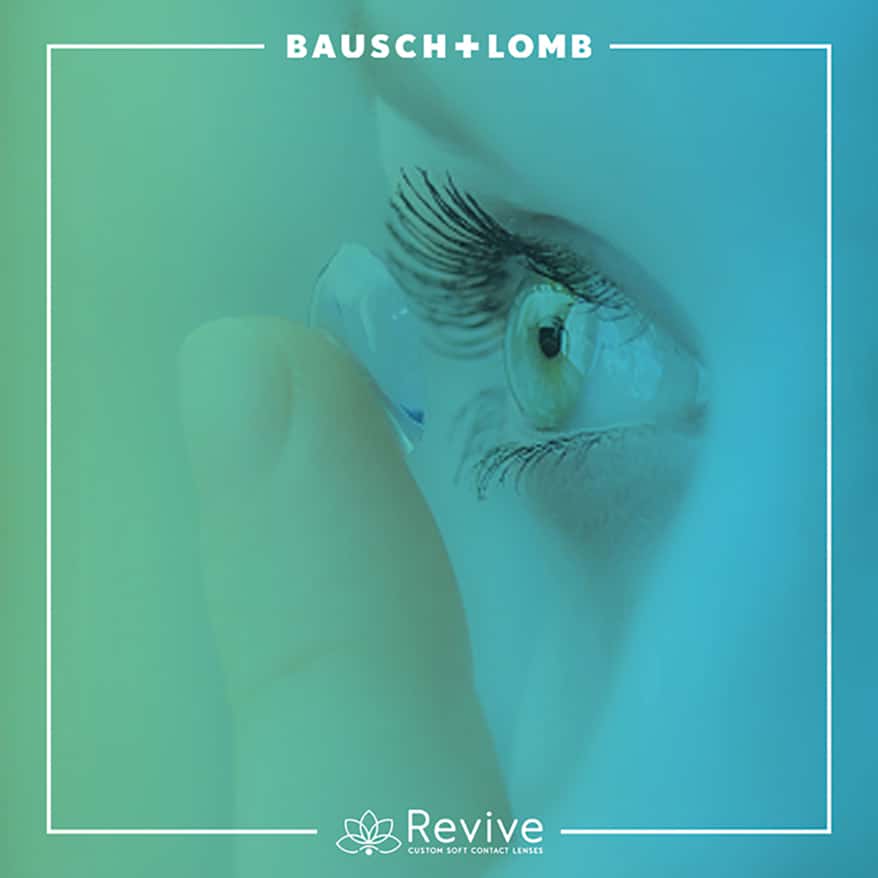
Bausch + Lomb
Revive soft contact lenses for a custom fit.
(800) 323-0000 | bausch.com
Advertisement
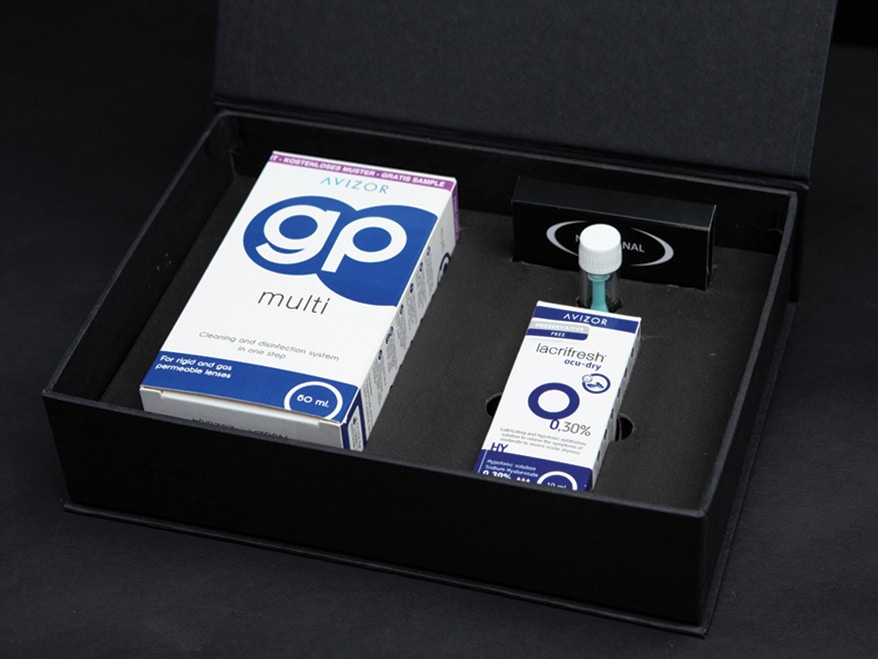
Scotlens
Scotlens has collaborated with Avizor to offer Nocturnal, an ortho-k night lens experience.
lab@scotlens.com | nightlenses.com
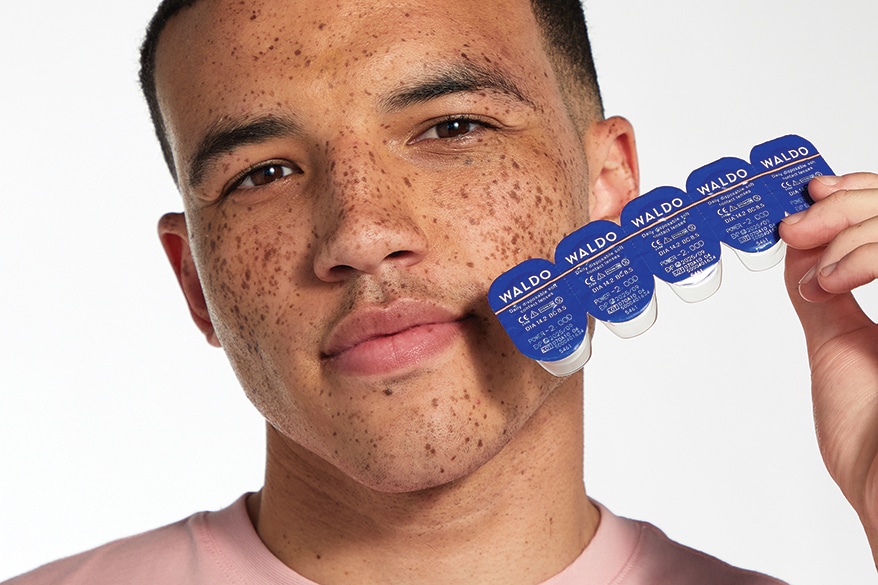
Waldo
Hydra Boost Plus daily contact lenses are infused with a pink colored vitamin-B12 saline solution to support the eyes’ ability to retain tears, reduce redness, and eyestrain.
(917) 525-5573 | hiwaldo.com
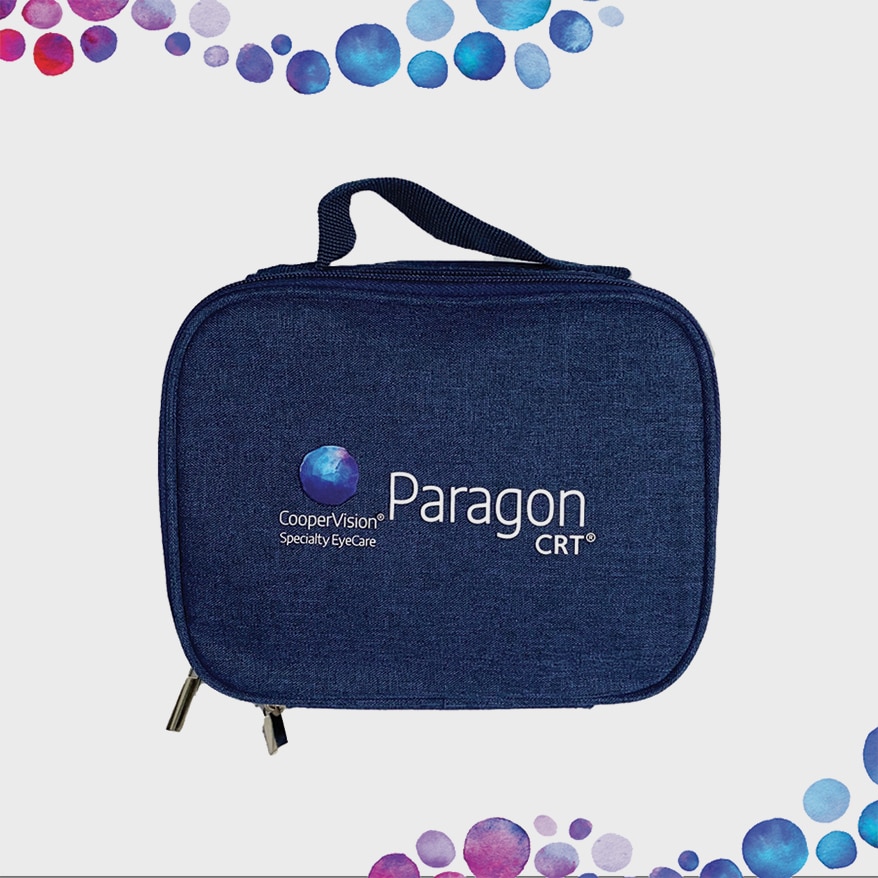
CooperVision
Paragon CRT (ortho-k) and Paragon CRT Dual Axis come in HDS 100 lens material. Both the lens design and material are FDA-approved for overnight wear.
(800) 528-8279 | coopervisionspecialtylenses.com
Advertisement
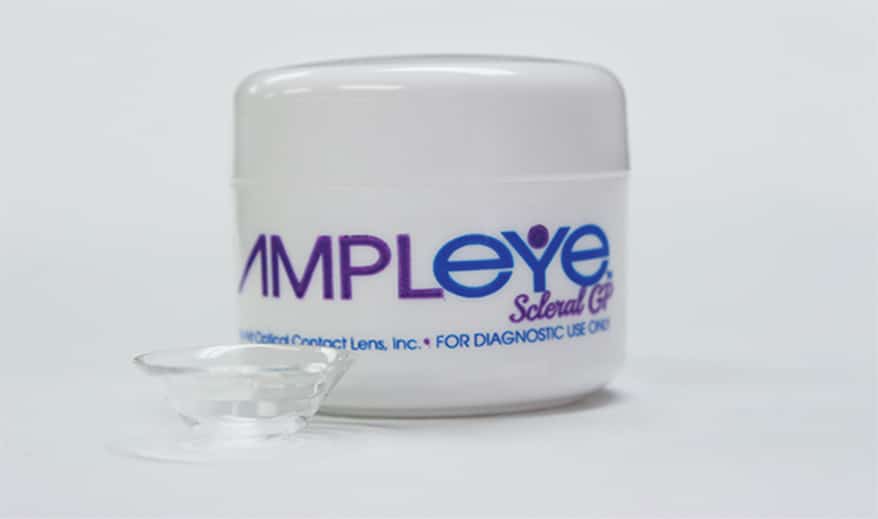
Art Optical
Ampleye Scleral lens (4-curve design)
(800) 253-9364 | artoptical.com
Smart Ways to Sell Specialty Contact Lenses
Ashley Wallace-Tucker, ODThe Contact Lens Institute, Houston, TX
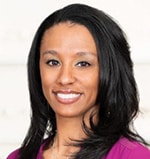
We fit all types of specialty CLs. Scleral are the most popular but next are hybrid, corneal RGP, and ortho-k for myopia. Most patients are referrals and due to the condition of their cornea, dry eye, or if they’ve had surgery, a specialty lens is their only option. During their first visit we’ll discuss what CLs they’ve tried, the surgeries they’ve had, and whether they have corneal disease. I usually do corneal topography. If they’re wearing CLs, I will assess the fit and I may also do an OCT if it is a scleral lens. I do most fittings in the office using diagnostic lenses and then send the order to a lab to make a custom lens based on my findings. I also use EyePrintPRO, which makes a scleral device based on an impression of the eye. These days, sophisticated design equipment and lens materials allow for greater customization.
Jeffrey Sonsino, OD Optique Eye Care, Nashville, TN
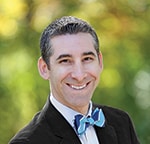
My practice has evolved to exclusively prescribe specialty CLs; I’d say 80% of the market is now scleral lenses—patients ask for them. When diagnosed with keratoconus, they do their own research. My Big Fat Scleral Lens is a patient support group on Facebook; it’s eye-opening to see what patients go through. To offer specialty lenses you need to be proficient at fitting all types, not just scleral. Every lab makes a good scleral, but practitioners need to understand how to drive that design for success. Prescribers should have at least two designs they can modify to peak performance. I work with eight labs and customize each lens for each patient. It takes about 3-5 visits to get the patient to where they need to be.